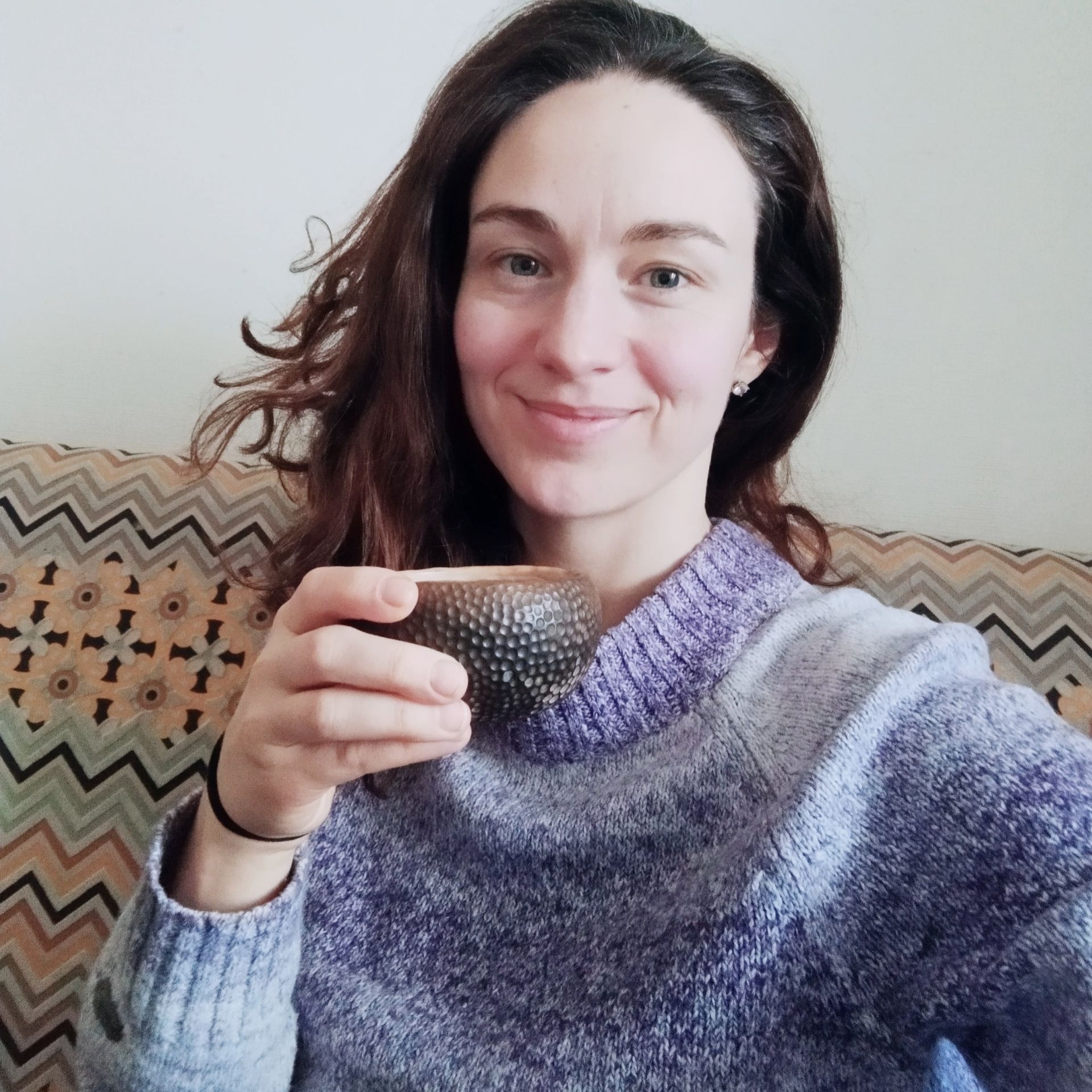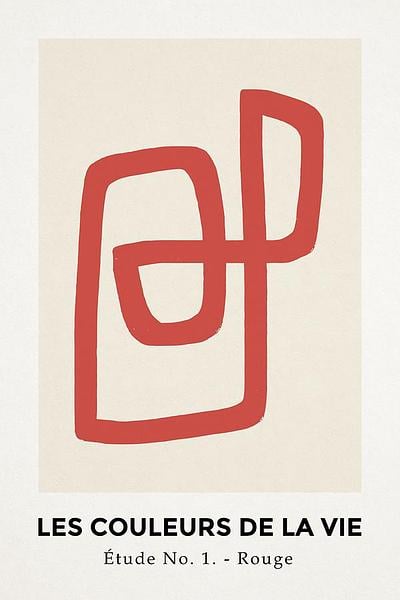Our strategy focused on implementing Channel & Bloom’s proprietary 6-point framework for sustainable off-Etsy growth:
Before any implementation, we began by building a clear strategic foundation for growth. This client’s Shopify site had been live for over two years, but with flat traffic and sales, it was critical to understand why the existing efforts weren’t working and how to activate the shop’s full potential.
Deep-Dive Analysis
We conducted a comprehensive market and competitive analysis to map out demand trends in the modern jewelry niche. This included:
- Identifying high-growth product categories with low competition (e.g., helix piercing jewelry, flat back studs)
-
Evaluating competitor positioning and uncovering gaps company’s brand could fill
- Analyzing buyer behaviors and search patterns to inform SEO and content priorities
Full-Shop Audit
The audit covered all key systems impacting visibility and conversions:
- SEO health check: Reviewing site structure, keyword alignment, and existing rankings
- Technical performance: Identifying silent blockers like crawl errors, duplicate content, and page speed issues
- Brand cohesion and customer experience: Evaluating consistency across messaging, visuals, and navigation
- Marketing touchpoints: Auditing email flows, content strategy, and external traffic sources
Strategy Blueprint
The findings from the research and audit were synthesized into a customized ARC Growth Plan—a step-by-step roadmap tailored to company’s brand and operational readiness. This strategic blueprint prioritized:
- Quick-win optimizations to improve visibility
- Long-term systems for sustainable organic traffic and sales
- Clear allocation of done-for-you (DFY) and done-with-you (DWY) tasks to maximize impact
Why This Step Was Crucial
For many Etsy sellers transitioning to Shopify, the temptation is to start tweaking SEO or running ads without clarity on their shop’s systemic challenges. The ARC Growth Plan avoided this by delivering:
- A precise understanding of why Shopify sales were flat
- A scalable strategy aligned with company’s niche and brand strengths
- A structured implementation plan covering all six pillars of growth
This foundation ensured every action taken in the following steps was targeted, data-informed, and designed for compounding results.
Client had previously invested in basic on-page SEO — keyword research and page optimization were handled by a freelancer using Yoast, as a one-off project. This is a common trap for Etsy sellers transitioning to Shopify: surface-level SEO that checks boxes but misses strategic depth and quality implementation.
We approached it differently.
On-page SEO starts with keyword strategy — and it's one of the most important drivers of success. Mira personally conducts
deep-dive keyword research for every client, especially in her specialty niches: modern, minimalist, personalized, crystal, and fine jewelry. This ensures that nothing is missed and no product's terms are overlooked or misunderstood. Nothing is templated or automated — each product and its variations are carefully analyzed to uncover demand patterns, long-tails and category-level insights. We identified the best opportunities across her homepage, collection, and product pages.
What we did:
- Matched company’s products and categories to accurate, high-intent search terms — resulting in a semantic core of over 15,000 keywords.
- Identified super-niche category opportunities: high search demand with minimal competition.
- Created new collection pages for underserved but popular product types, including:
Initial letter necklaces – now receiving 8,500+ monthly visits
Helix piercing jewellery – 7,000+ monthly visits
Flat backs – 6,000+ monthly visits
Layered necklaces – 4,500+ monthly visits
Heart necklaces – 2,000+ monthly visits
- Developed a product opportunity map: a document identifying new product ideas with proven demand, ready for future launches.
- Created and mapped keyword clusters across homepage, collections, and products. This enabled:
- URL restructuring
- SEO-rich content for each collection
- Search-intent–aligned product descriptions
- A homepage refresh to attract broader, high-volume traffic
Client had never invested in link-building before — one of the five key reasons her site struggled to rank. Her website had about 100 external backlinks, none of which were acquired intentionally. Many of these were low-quality or spammy, contributing little (or even negatively) to her site’s authority.
Our approach is rooted in the understanding that every website is unique — and the backlinks that help one site could trigger red flags for another. That’s why we began with a thorough analysis of her current context, using a proven methodology we’ve applied to hundreds of jewelry brands. This allowed us to determine the safest and most effective link-building strategy tailored specifically to her site.
We then created high-quality SEO assets — educational articles and brand-aligned guides — and used them in targeted outreach to secure placements on curated gift lists, niche style blogs, and general business websites. These weren’t just backlinks; they were content-driven placements using natural anchor text to build contextual authority.
Within 90 days, website’s domain authority began to climb, and her keyword rankings followed. Consistency and precision were critical — Google needed to see a steady, high-quality signal over time. That’s exactly what we delivered.
To attract consistent traffic from Google, a website must meet a wide range of ranking criteria—often referred to as Google's 200 ranking factors—with a significant portion related to its technical performance. That number can feel overwhelming, but here’s the good news: most Shopify stores already check a lot of those boxes by default.
Client’s site had several of those silent blockers. It was weighed down by speed issues, redundant JavaScript, duplicate pages and lacked critical schema markup — all of which made it harder for Google to crawl, understand, and rank her content.
We performed a full technical SEO audit, implemented structured data, removed code bloat, duplicate content and optimized the mobile experience. These upgrades significantly improved crawlability, boosted trust with search engines, and opened the door to faster indexing and stronger visibility.
Website didn’t have a blog — like many e-commerce founders, she assumed blogs were just for influencers or aesthetic extras. She simply didn’t have time for anything that felt non-essential.
But content isn’t decorative — it’s strategic.
Using data gathered during our on-page keyword research, we built a content hub targeting specific customer intent (e.g., “best gifts for minimalist moms,” “modern jewelry styling tips”). These SEO-focused posts now attract thousands of monthly visitors, with each article internally linking to relevant collections and products to strengthen site authority.
In reality, a blog is one of the most powerful tools for attracting top-of-funnel traffic — people not yet searching for your products, but curious and exploring. This creates a unique opportunity to introduce your brand in a pressure-free, value-driven way. With the right funnel in place, many of these visitors convert into loyal customers.
Before working with us, company’s email setup was limited to basic order confirmations — a missed opportunity for nurturing and revenue growth.
We introduced our custom-built “Warm Relationship” automation system, designed to build trust, drive repeat purchases, and reflect her brand’s voice. Every email was crafted to feel personal, brand-aligned, and conversion-focused.
Today, this system accounts for 18–22% of company’s monthly revenue — all generated passively.
Here’s what we implemented:
-
Welcome Series – turn new subscribers into first-time buyers
-
Abandoned Cart Recovery – rescue incomplete purchases with urgency and reassurance
-
Post-Purchase Follow-Up – build loyalty, cross-sell, and educate customers
-
Product Review Requests – drive social proof and feedback
- Win-Back / Re-Engagement – revive inactive subscribers with tailored offers
-
Birthday or Anniversary Emails – personalized touchpoints that boost retention
-
Browse Abandonment – re-target visitors based on viewed items
-
Back in Stock Alerts – convert missed demand into sales
-
VIP / Loyalty Programs – reward high-value customers
-
New Product Launch Emails – drive excitement and immediate action
These flows were optimized over time based on performance data — improving open rates, click-throughs, and most importantly, conversions.
| Metric |
Before |
After |
| Monthly Shopify Products Sold |
~20 |
1200+ (5900% Sales Growth Rate) |
| Organic Traffic |
~1000 |
24000 |
| Conversion Rate |
1.5% |
2.7% |
| Average Order Value (AOV) |
$25 |
$50+ |
| Email Revenue Contribution |
0% |
20% |
| Etsy Dependency |
Primary |
Secondary |

"Our monthly Shopify sales went from 20 to over 1200 in just under a year — and we finally stopped relying on Etsy alone. Mira helped me build something that felt like mine — stable, scalable, and true to my brand."
— Adriana, founder
This jewelry brand’s breakthrough didn’t require starting over—it came from activating the systems they already had in place. By addressing gaps across on-page SEO, technical performance, link building, content marketing, and email automation, we turned their Shopify store into a fully optimized sales channel capable of supporting sustained growth.
This store, like most established sellers, came to us with three powerful advantages:
- Validated Product–Market Fit: Years of proven sales, strong demand, and customer loyalty. They didn’t need a new idea — they needed visibility.
- Strong Product Assets: Optimized product pages, photography, cohesive branding, and basic automations already in place.
- Operational Readiness: In-stock products, streamlined fulfillment, and day-to-day operations already running smoothly.
If you’re an Etsy seller, chances are you have these same building blocks. This strategy works because it leverages what has already being built — not because it starts from scratch.





